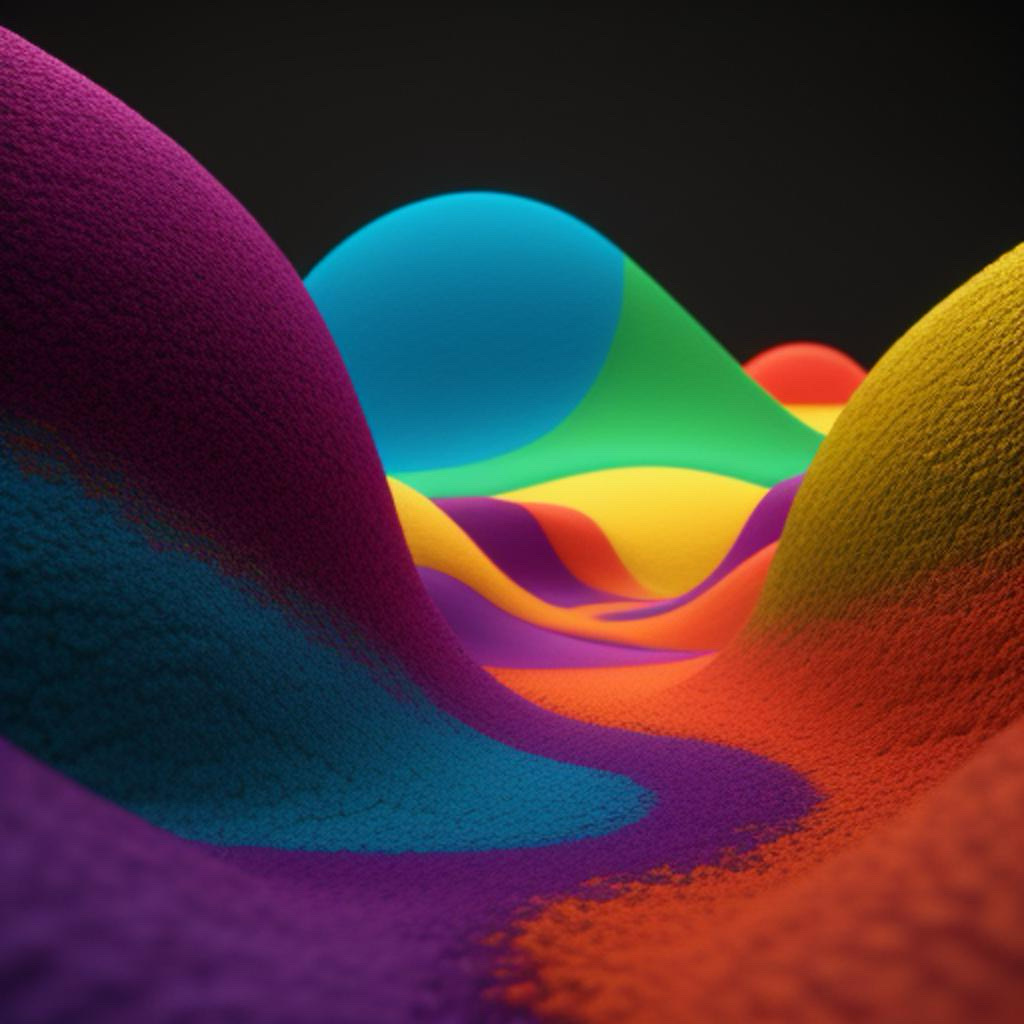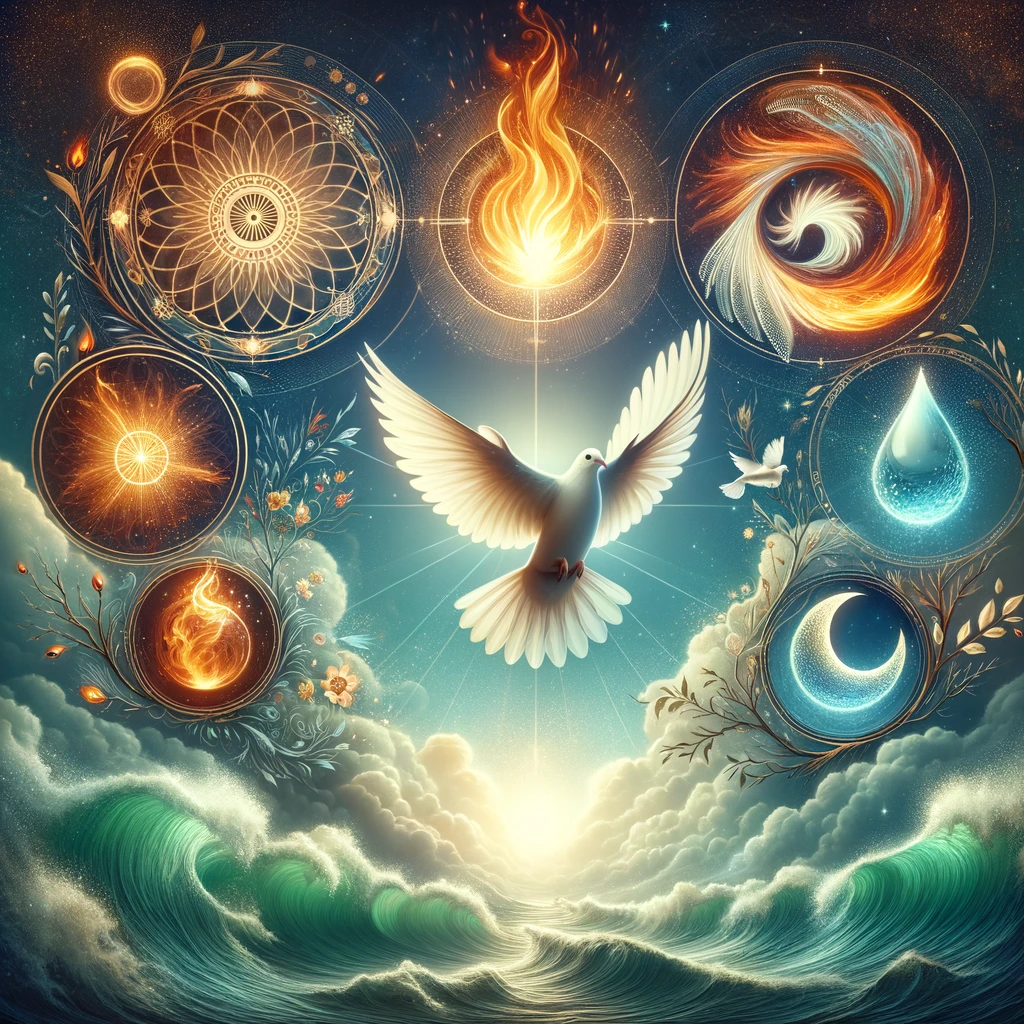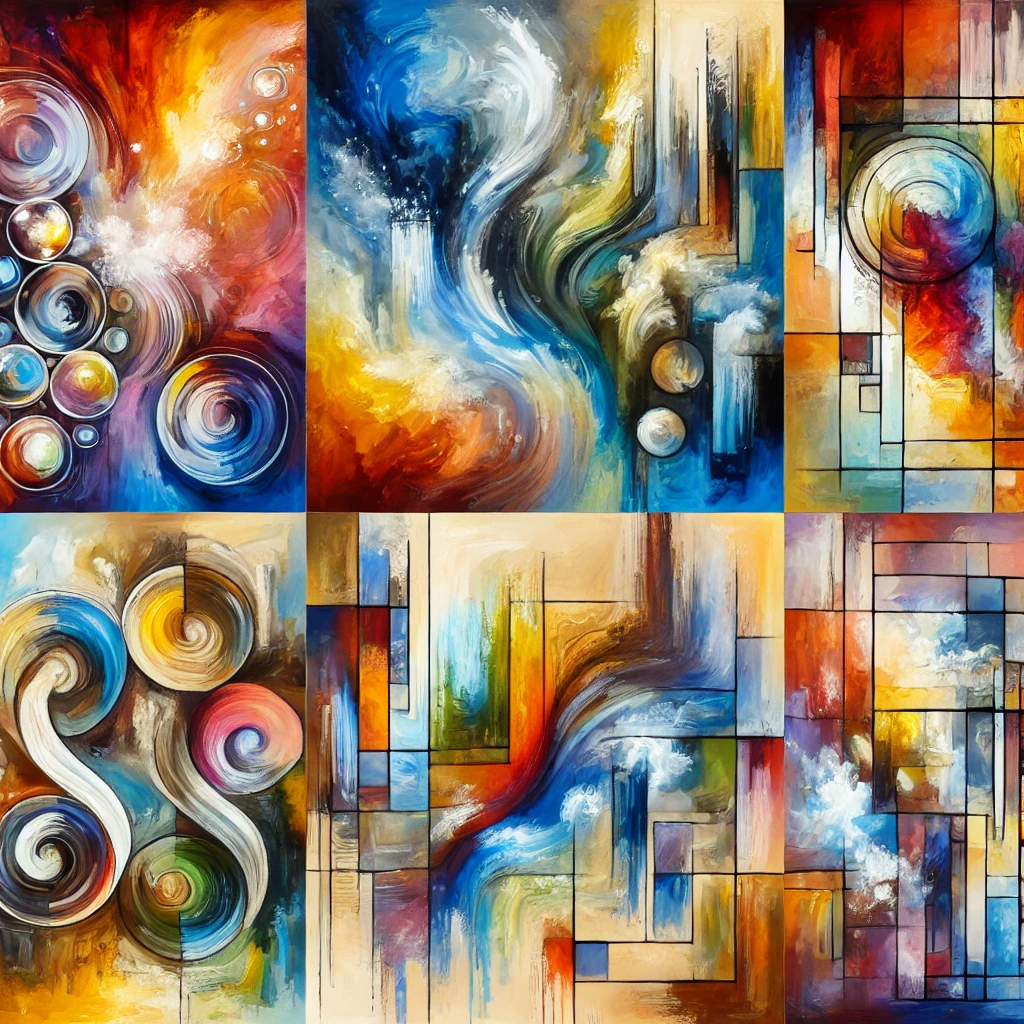
Unveiling the ‘Palette Of Soul’ – An Introduction
Defining ‘Palette Of Soul’ and Its Significance
The ‘Palette Of Soul’ concept captures the essence of how our emotions, thoughts, and innermost feelings translate into creative expressions. Just as a painter uses a palette to mix colors and create a masterpiece, each person’s soul holds a unique spectrum of emotions that, when expressed through art, music, writing, or other forms of creativity, can reveal the profound depths of their inner world. This metaphorical palette is not static; it evolves as we experience life, incorporating new shades and hues that reflect our growth, struggles, joys, and sorrows.
The Interplay of Creativity and Emotional Expression
Creativity is often described as the language of the soul. When we engage in creative activities, we tap into our deepest emotions and translate them into tangible forms. This process is not only cathartic but also a way to communicate with others on a deeper level. By sharing our creative works, we invite others to see and feel the world through our eyes, fostering empathy and understanding. This interplay between creativity and emotional expression is at the heart of the ‘Palette Of Soul’, illustrating how art becomes a mirror to our innermost selves.
Preview of the Multi-Hued Journey Ahead
Embarking on this journey through the ‘Palette Of Soul’ involves exploring various dimensions of creative expression. We’ll delve into the historical evolution of soulful expressions, uncover the psychology behind colors and emotions, and profile artists who have masterfully painted with their soul’s palette. Practical techniques for crafting your own emotional color map, the therapeutic power of art, and the importance of community and collaboration in the creative process will also be explored. Additionally, we’ll examine how digital advancements have transformed artistic expression and provide tips for preserving and sharing your creative legacy.
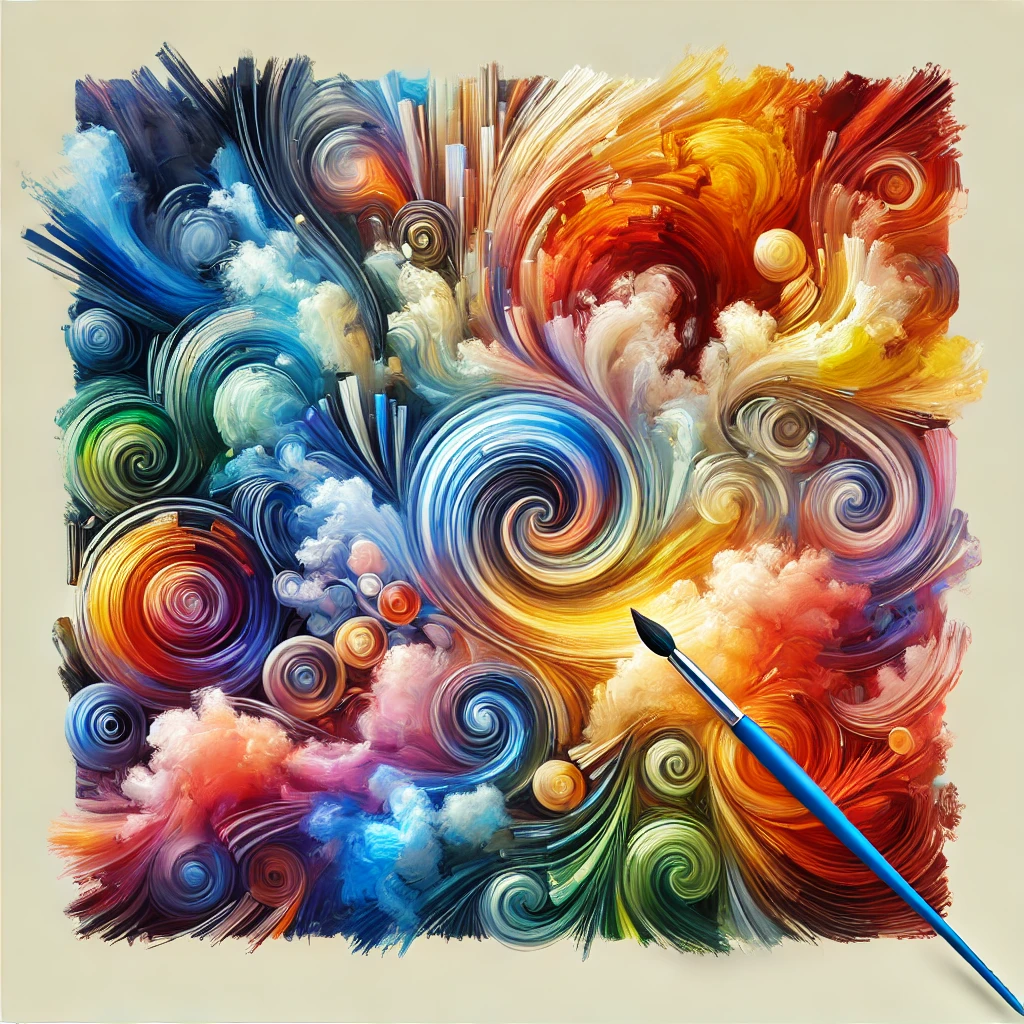
The History and Evolution of Soulful Expressions
Origin of the Concept in Historical Arts and Music
The notion of expressing one’s soul through art and music is as old as humanity itself. Ancient civilizations, from the cave paintings of Lascaux to the intricate hieroglyphics of Egypt, used art to convey their deepest beliefs, emotions, and stories. These early forms of expression were often intertwined with spiritual and religious practices, serving as a means to communicate with the divine and to document significant events and experiences.
In music, the concept of soul expression can be traced back to ancient cultures where music was an integral part of rituals and celebrations. The chants of indigenous tribes, the hymns of ancient Greece, and the raga of Indian classical music all exemplify how music was used to express the innermost emotions and connect with the spiritual realm.
Transformation Through the Eras
As societies evolved, so did their artistic expressions. The Renaissance period marked a significant shift, with art becoming more focused on human experience and emotion. Artists like Leonardo da Vinci and Michelangelo explored the depths of human emotion and the beauty of the natural world, creating works that still resonate today.
In the 19th and 20th centuries, movements such as Romanticism and Expressionism further emphasized emotional expression in art. Artists like Vincent van Gogh and Edvard Munch used bold colors and dynamic compositions to convey intense feelings and psychological states. Similarly, the emergence of jazz and blues in the early 20th century, with their roots in African American experiences, highlighted the power of music to express deep, often painful, emotions.
Contemporary Forms and Practices
Today, soulful expression continues to evolve, embracing new forms and mediums. Contemporary artists and musicians draw from a diverse array of cultural influences and personal experiences to create works that reflect the complexities of modern life. The rise of digital art and electronic music has opened new avenues for creative expression, allowing artists to experiment with innovative techniques and reach global audiences.
In addition to traditional forms of art and music, contemporary practices such as performance art, installation art, and multimedia projects offer new ways to explore and communicate the palette of the soul. These modern forms often emphasize the process of creation as much as the final product, highlighting the journey of emotional exploration and self-discovery.

Colors of Emotion – Understand The Palette
The Psychology of Color in Expressing Emotions
Colors have a profound impact on our emotions and psychological state. This phenomenon, known as color psychology, explores how different hues can evoke specific feelings and responses. For instance, warm colors like red and orange are often associated with energy, passion, and warmth, while cool colors like blue and green tend to evoke calmness, serenity, and balance.
The study of color psychology has roots in both ancient wisdom and modern science. Ancient cultures, such as the Egyptians and Chinese, practiced chromotherapy, using colors to heal and balance the body and mind. In modern times, psychologists like Carl Jung have explored the symbolic meanings of colors and their effects on the psyche, emphasizing the role of color in art therapy and personal development.
Associations Between Specific Colors and Feelings
Each color carries its own set of emotional associations, which can vary depending on cultural context and individual experiences. Here are some common color-emotion associations:
- Red: Often linked to passion, love, anger, and intensity. It can stimulate excitement and energy but also provoke feelings of aggression and danger.
- Blue: Symbolizes tranquility, trust, and sadness. Blue is calming and can promote feelings of peace, but it can also evoke feelings of melancholy and detachment.
- Yellow: Associated with happiness, optimism, and creativity. Yellow can uplift and inspire, but in excess, it may lead to feelings of anxiety and agitation.
- Green: Represents nature, growth, and harmony. Green is soothing and refreshing, promoting feelings of balance and renewal.
- Purple: Linked to spirituality, mystery, and luxury. Purple can inspire creativity and introspection but may also evoke feelings of melancholy or superficiality.
- Orange: Combines the energy of red and the happiness of yellow. Orange is often associated with enthusiasm, warmth, and adventure.
- Pink: Represents love, kindness, and compassion. Pink is gentle and nurturing, evoking feelings of comfort and affection.
- Black: Symbolizes power, elegance, and mystery. Black can be sophisticated and protective but may also evoke feelings of fear and sadness.
- White: Represents purity, simplicity, and peace. White is clean and calming, but excessive whiteness can feel cold and sterile.
Cultural Variations in Color-Emotion Interpretation
While certain color-emotion associations are relatively universal, cultural variations can significantly influence how colors are perceived and interpreted. For example, in Western cultures, white is often associated with purity and weddings, while in some Eastern cultures, white is the color of mourning and funerals. Similarly, red is seen as a color of luck and prosperity in Chinese culture, whereas in other cultures, it might symbolize danger or warning.
Understanding these cultural differences is crucial for artists and creators who seek to connect with diverse audiences. By being mindful of the cultural context in which their work will be viewed, they can more effectively convey the intended emotions and messages.
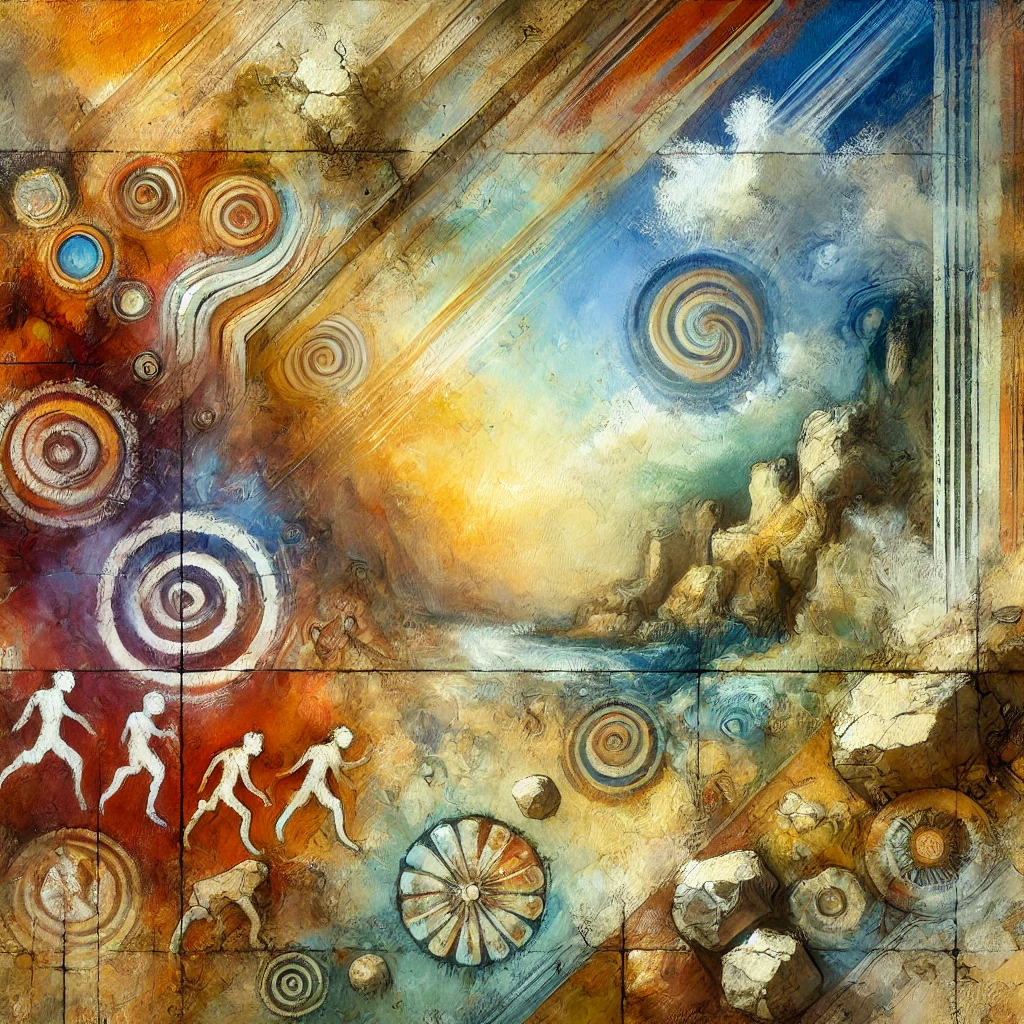
Soulful Creations – Artists and Their Inspirations
Profiles of Influential Artists and Their Work
Throughout history, many artists have profoundly impacted the world with their soulful creations. Here, we will profile a few of these influential figures and explore the inspiration behind their work:
- Vincent van Gogh: Known for his expressive use of color and bold, emotive brushstrokes, van Gogh’s works like “Starry Night” and “Sunflowers” capture his turbulent emotional state and deep connection to nature. His letters to his brother Theo reveal the struggles and passions that fueled his creativity.
- Frida Kahlo: Kahlo’s deeply personal and often surreal paintings explore themes of identity, pain, and resilience. Her self-portraits, such as “The Two Fridas” and “Self-Portrait with Thorn Necklace and Hummingbird,” offer a window into her inner world and the physical and emotional suffering she endured.
- Georgia O’Keeffe: O’Keeffe’s large-scale, close-up paintings of flowers and landscapes are renowned for their vibrant colors and sensuous forms. Her work reflects her profound connection to the natural world and her ability to find beauty and meaning in the details of life.
- Jackson Pollock: A leading figure in the Abstract Expressionist movement, Pollock’s “drip paintings” are characterized by their dynamic energy and spontaneity. Works like “No. 5, 1948” showcase his innovative technique and his exploration of the unconscious mind.
- Jean-Michel Basquiat: Basquiat’s raw, energetic works combine graffiti, symbolism, and social commentary to address issues of race, identity, and power. His paintings, such as “Untitled (Skull)” and “Hollywood Africans,” reveal his unique perspective and profound insights into contemporary culture.
The Muse Behind Their Creativity
Each of these artists drew inspiration from different sources, whether personal experiences, nature, or societal issues. For van Gogh, nature was a constant source of solace and inspiration. Kahlo’s work was deeply influenced by her physical ailments and her complex relationship with her own identity. O’Keeffe found inspiration in the landscapes of New Mexico, while Pollock was driven by a desire to express the unconscious mind. Basquiat’s work was fueled by his experiences as a black man in America and his engagement with popular culture and historical events.
Impact of Their Work on Popular Culture
The influence of these artists extends far beyond the art world, permeating popular culture and inspiring countless others. Van Gogh’s iconic imagery appears in everything from fashion to film, while Kahlo’s distinctive style and powerful themes have made her a feminist icon. O’Keeffe’s work has influenced generations of artists and designers, and Pollock’s innovative techniques continue to inspire new approaches to abstract art. Basquiat’s work has left a lasting legacy in both the art world and popular culture, influencing music, fashion, and social activism.
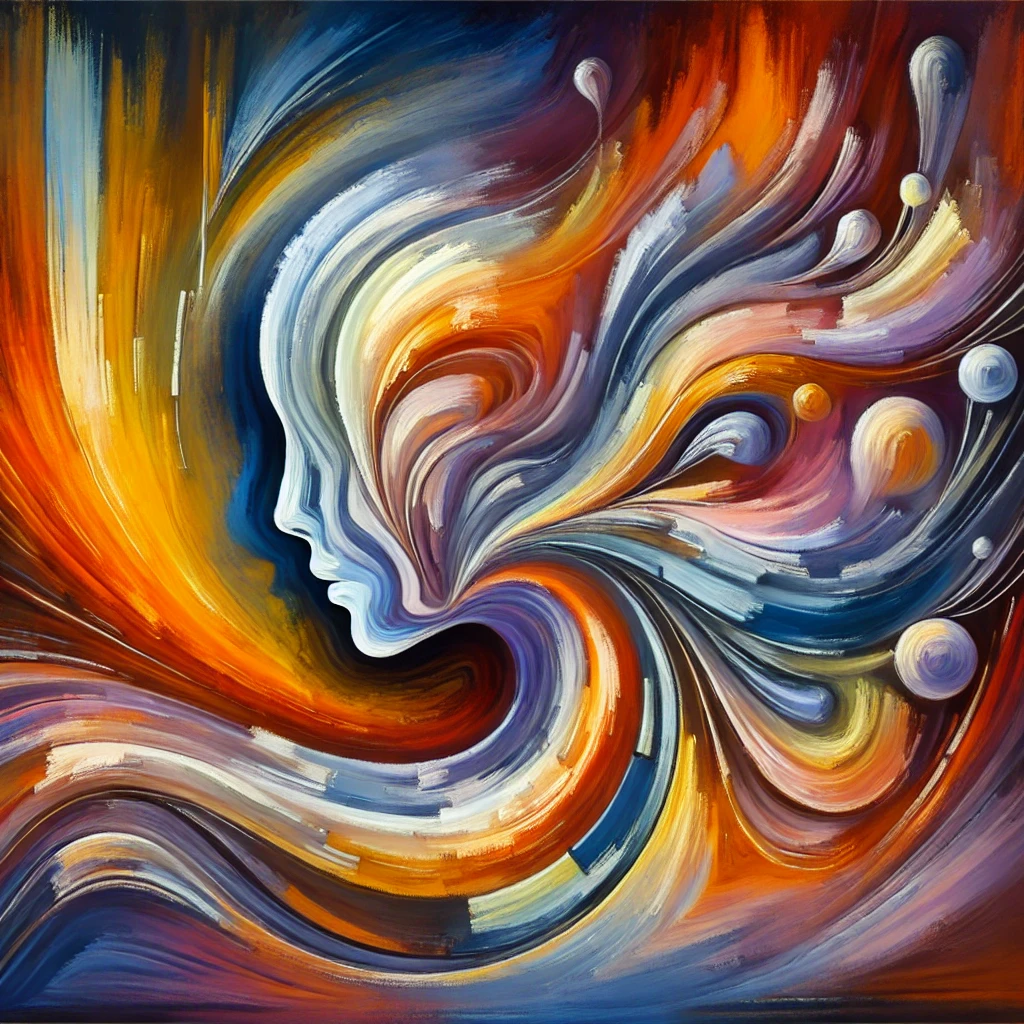
Techniques for Crafting Your Own Palette
Get Started with Emotional Color Mapping
Creating your own ‘Palette Of Soul’ begins with emotional color mapping, a technique that involves associating specific colors with your emotions and experiences. Start by reflecting on your feelings and identifying the colors that resonate with them. For example, you might associate red with feelings of passion and excitement, blue with calmness and introspection, and yellow with joy and creativity.
Once you have your color-emotion associations, create a visual representation of your emotional palette. This can be as simple as a color wheel or chart, or as elaborate as a painting or digital collage. The goal is to create a visual tool that helps you connect with your emotions and use them as a source of inspiration for your creative work.
Materials and Tools for Different Mediums
Depending on your preferred medium, you will need different materials and tools to create your soulful expressions. Here are some suggestions for various artistic mediums:
- Painting: Invest in high-quality paints (acrylic, oil, or watercolor), brushes, and canvases. Experiment with different techniques, such as layering, glazing, and texturing, to create depth and emotion in your work.
- Drawing: Use pencils, charcoal, pastels, or ink to create detailed and expressive drawings. Experiment with different paper types and textures to find what works best for your style.
- Digital Art: Explore digital painting and drawing software, such as Adobe Photoshop, Procreate, or Corel Painter. Invest in a good graphics tablet and stylus to achieve precise control and fluidity in your digital creations.
- Photography: Use a high-quality camera and experiment with different lenses, lighting, and settings to capture the emotions and moods you want to convey. Explore photo editing software to enhance and manipulate your images.
- Mixed Media: Combine different materials and techniques to create unique and textured artworks. Use collage, assemblage, and found objects to add layers of meaning and emotion to your creations.
Incorporate Personal Life Experiences
One of the most powerful ways to create a meaningful ‘Palette Of Soul’ is to incorporate your personal life experiences into your work. Reflect on significant events, relationships, and moments that have shaped who you are and how you feel. Use these experiences as a source of inspiration and let them guide your creative process.
Consider keeping a journal or sketchbook to document your thoughts, feelings, and ideas. This can be a valuable resource for generating new concepts and exploring different themes in your work. By drawing from your own life, you can create art that is deeply personal and authentic, resonating with both yourself and others.
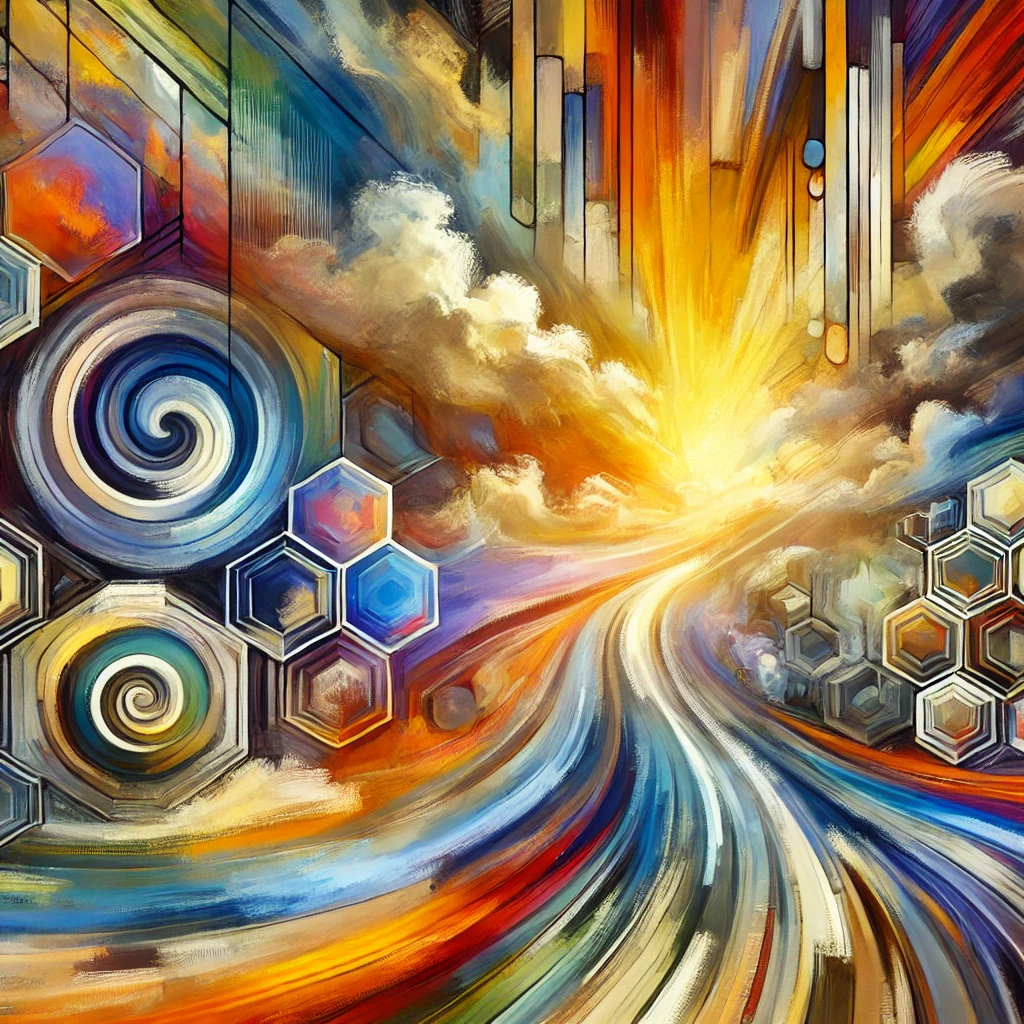
The Therapeutic Power of Color and Creation
Explore Art Therapy and Its Benefits
Art therapy is a form of psychotherapy that uses creative expression as a means of exploring emotions, resolving conflicts, and fostering personal growth. It is based on the premise that the creative process can be a powerful tool for healing and self-discovery, allowing individuals to access and express feelings that may be difficult to articulate through words alone.
Case Studies of Healing Through Art
There are numerous case studies that demonstrate the transformative power of art therapy. For example, individuals who have experienced trauma, such as survivors of abuse or combat veterans, often find that creating art helps them process and express their emotions in a safe and supportive environment. Similarly, people dealing with mental health issues, such as depression and anxiety, can use art therapy to explore their feelings, develop coping strategies, and build resilience.
One notable case study involves a group of children who experienced a natural disaster. Through art therapy, they were able to express their fears and anxieties, process their experiences, and begin to heal. The act of creating art provided them with a sense of control and empowerment, helping them to rebuild their sense of safety and security.
Guidance on Beginning Your Therapeutic Art Journey
If you’re interested in exploring the therapeutic benefits of art, here are some steps to get started:
- Set an Intention: Reflect on what you hope to achieve through your creative practice. Whether it’s to process emotions, reduce stress, or simply explore your inner world, having a clear intention can guide your creative journey.
- Create a Safe Space: Find a quiet and comfortable space where you can focus on your creative work without distractions. Gather your materials and set up your workspace in a way that feels inviting and inspiring.
- Express Your Emotions: Use your ‘Palette Of Soul’ to guide your creative work. Let your emotions flow onto the canvas or paper, and allow yourself to be vulnerable and open in your expression.
- Embrace the Process: Focus on the process of creating rather than the final product. Allow yourself to experiment, make mistakes, and explore different techniques. Remember that there is no right or wrong way to create art.
- Reflect and Share: Take time to reflect on your creative process and the emotions that emerged. Consider sharing your work with a trusted friend, therapist, or art community to gain additional insights and support.
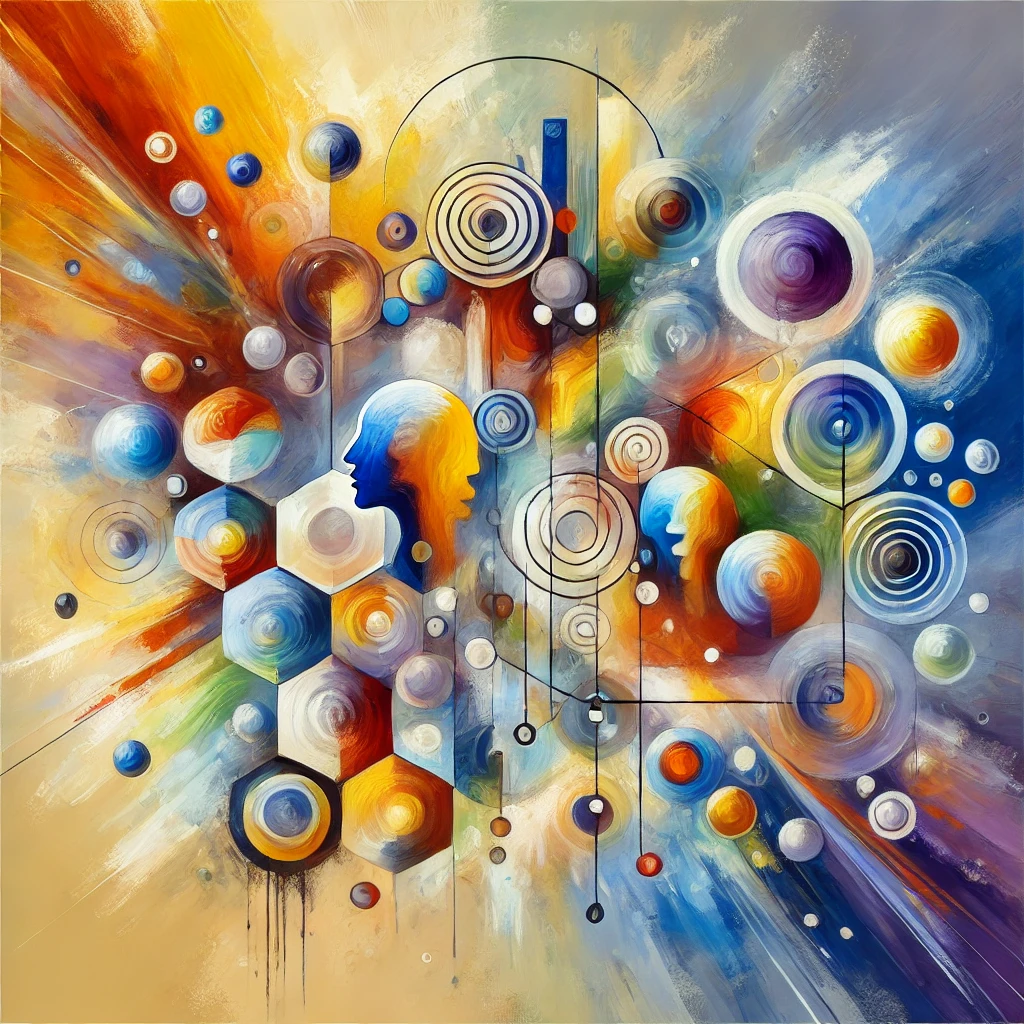
Community and Collaboration – The Collective Soul Palette
The Role of Community in Shared Expression
Artistic expression can be a deeply personal endeavor, but it can also be enriched through community and collaboration. Engaging with others who share a passion for creativity can provide inspiration, support, and new perspectives. Artistic communities, whether local or online, offer a space for individuals to connect, share their work, and learn from one another.
Collaborative Projects That Blend Diverse Soul Palettes
Collaborative art projects can be a powerful way to blend diverse perspectives and create something truly unique. These projects often bring together artists from different backgrounds, each contributing their own ‘Palette Of Soul’ to the collective work. Examples include community murals, group exhibitions, and collaborative performances.
One notable example is the “Inside Out Project” by artist JR, which invites people from around the world to share their stories and portraits, transforming their personal expressions into large-scale public art installations. This project highlights the power of collective expression and the impact of bringing together diverse voices and experiences.
Local and Global Platforms for Artistic Expression
There are numerous platforms, both local and global, that support and promote artistic expression. Local art galleries, community centers, and artist collectives offer opportunities for artists to showcase their work and connect with others in their area. Globally, online platforms such as Instagram, Behance, and DeviantArt provide a space for artists to share their creations, gain exposure, and engage with a wider audience.
These platforms not only facilitate the sharing of art but also foster a sense of community and collaboration. By participating in these networks, artists can find inspiration, receive feedback, and build meaningful connections with others who share their passion for creativity.

Digital Age Adaptations – Soul Palette in the Online World
Transition of Expression to Digital Formats
The digital age has revolutionized the way we create and share art. Digital tools and technologies have expanded the possibilities for artistic expression, allowing artists to experiment with new techniques and mediums. From digital painting and graphic design to 3D modeling and animation, the digital realm offers endless opportunities for creativity.
One significant advantage of digital art is its accessibility. With the right software and hardware, anyone can create and share their work, regardless of their location or resources. This democratization of art has opened doors for countless artists who might not have had the opportunity to showcase their talents in traditional settings.
Online Communities and Virtual Galleries
The rise of online communities and virtual galleries has further transformed the art world. Platforms like Instagram, ArtStation, and Saatchi Art provide spaces for artists to share their work, connect with others, and even sell their creations. These online communities foster a sense of belonging and support, allowing artists to find their audience and receive valuable feedback.
Virtual galleries and exhibitions have also become more prevalent, especially in the wake of the COVID-19 pandemic. These digital spaces allow artists to showcase their work in immersive, interactive environments, reaching global audiences without the limitations of physical venues. Virtual reality (VR) and augmented reality (AR) technologies are enhancing these experiences, offering new ways for viewers to engage with art.
Influence of Social Media on the Distribution and Perception of Art
Social media platforms have significantly impacted how art is distributed and perceived. Artists can now reach global audiences with a single post, gaining exposure and recognition that might have been difficult to achieve through traditional means. Hashtags, viral trends, and collaborative challenges (such as Inktober or the #ArtvsArtist challenge) provide opportunities for artists to engage with larger communities and participate in global conversations.
However, the influence of social media also presents challenges. The pressure to create content that garners likes and followers can sometimes overshadow the artistic process and authenticity. Additionally, the fast-paced nature of social media can lead to a focus on quantity over quality, with artists feeling compelled to constantly produce new work to stay relevant.
Despite these challenges, social media remains a powerful tool for artists to share their ‘Palette Of Soul’ with the world, connect with others, and find inspiration in the diverse expressions of creativity around them.
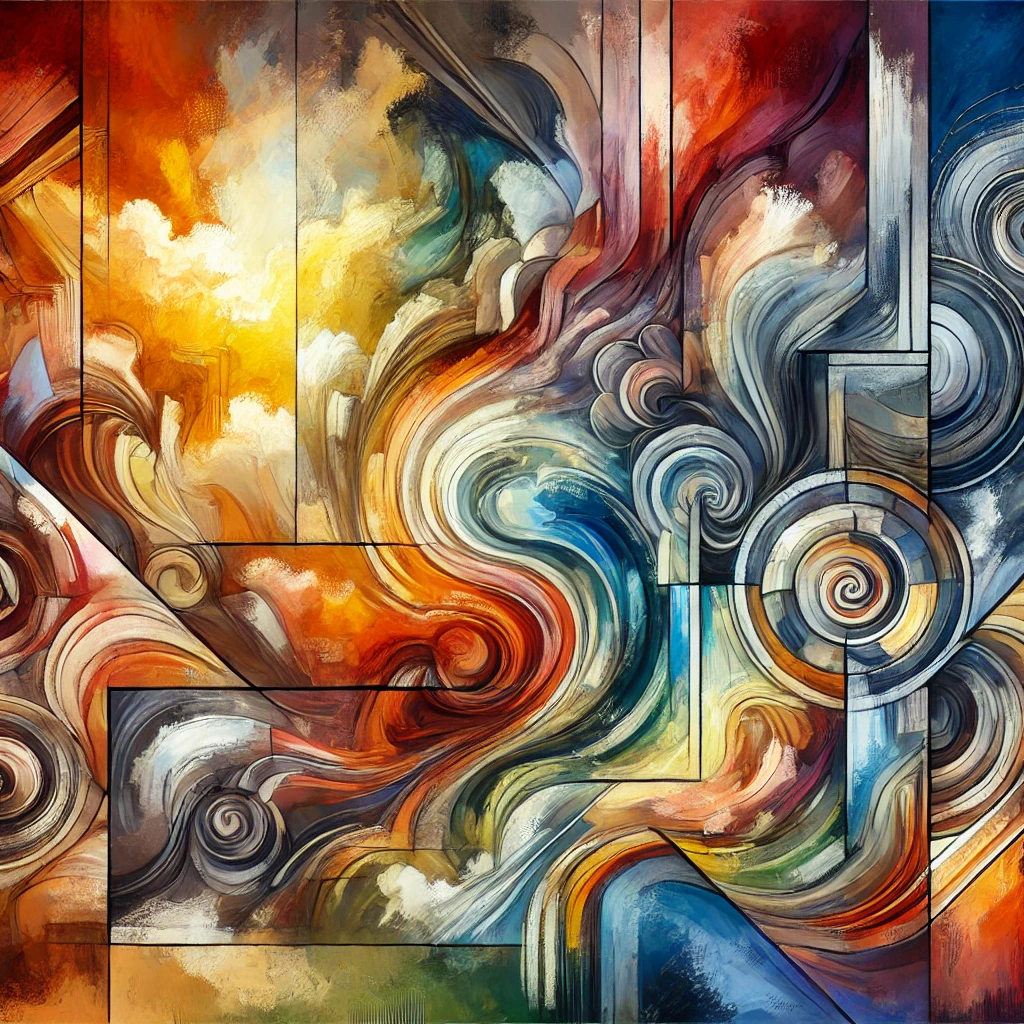
Preserve Your Palette – Tips for Longevity and Legacy
Archive and Preserve Artworks
Preserving your artistic legacy involves taking steps to ensure that your work is archived and protected for future generations. Here are some tips for preserving your artworks:
- Proper Storage: Store your physical artworks in a safe, climate-controlled environment to prevent damage from humidity, light, and temperature fluctuations. Use archival-quality materials for framing and storage to protect your work from deterioration.
- Digital Archiving: Digitize your physical artworks by scanning or photographing them at high resolution. Organize and back up your digital files to ensure they are protected and easily accessible.
- Documentation: Keep detailed records of your artworks, including titles, dates, descriptions, and any relevant information about the creation process and inspiration. This documentation can be invaluable for future reference and for sharing your work with others.
Share Your Palette with Future Generations
Sharing your ‘Palette Of Soul’ with future generations involves more than just preserving your physical artworks. It also means passing on your creative wisdom, experiences, and values. Consider the following ways to share your legacy:
- Mentorship: Engage with younger or emerging artists by offering guidance, support, and encouragement. Share your knowledge and experiences to help them navigate their own creative journeys.
- Workshops and Classes: Teach workshops or classes to share your techniques, insights, and philosophies with others. This can be a rewarding way to connect with your community and inspire the next generation of artists.
- Publications: Consider creating a book or digital publication that showcases your work and shares your creative process and reflections. This can serve as a lasting record of your artistic journey and a source of inspiration for others.
The Importance of Documenting the Creative Process
Documenting your creative process is a valuable practice that can enhance your understanding of your own work and provide insights for others. By keeping a journal, sketchbook, or digital log of your creative activities, you can track your progress, reflect on your experiences, and identify patterns and themes in your work.
Sharing your creative process with others, whether through social media, blogs, or exhibitions, can also deepen their appreciation of your art and provide inspiration for their own creative endeavors. By making your process transparent, you invite others to see the journey behind the finished work, fostering a greater connection and understanding.

Conclusion – Embrace the Journey of Your ‘Palette Of Soul’
The ‘Palette Of Soul’ is a dynamic and evolving concept that encompasses the rich tapestry of our emotions, experiences, and creative expressions. By understanding the history and psychology of color, exploring the works of influential artists, and engaging in our own creative practices, we can tap into the profound depths of our inner world and share our unique vision with others.
Whether through traditional or digital mediums, individual or collaborative projects, the journey of expressing our ‘Palette Of Soul’ is a deeply personal and transformative experience. By preserving and sharing our artistic legacy, we contribute to the collective soul palette of humanity, enriching the world with our diverse and vibrant expressions.

